How a no-buy or low-buy lifestyle can help you save money and be a more intentional consumer
Published in Business News
PHILADELPHIA — Bonnie Arbittier keeps a list on her phone of every jacket, bag and article of clothing she’s resisted buying so far this year.
More than three months into 2025, the list has held Arbittier accountable to her New Year’s resolution: No clothing purchases. Not even from thrift stores. Not even for special occasions.
When she adds to the list, “I get the same endorphins I get from clicking the ‘Buy Now’ button,” said Arbittier, 32, of Philadelphia's Center City, who works in health tech.
She estimates she’s saved more than $1,000.
Arbittier was inspired in part by TikTok videos that promote no-buy or low-buy lifestyles. The trend has gained traction this year amid the rise in grocery prices, market volatility and consumer pessimism. In January, Google searches for “no spend challenge” hit an all-time high, according to the Wall Street Journal.
Some people take an extreme approach, cutting out all nonessential purchases, while others eliminate spending in specific categories.
Some low-buyers may allow themselves one purchase every few months or for a certain event, if they have exhausted all other options (like borrowing from a friend or getting the item from a local Buy Nothing group).
Several Philadelphia-area consumers said they went low- or no-buy to pay off debt, save for a big purchase, or simply have more cash on hand in the event of an emergency or a recession.
“For me, it’s about being more intentional about how I spend my money and recognizing I need to save more of it,” said Mylena Sutton, 48, of Voorhees, New Jersey. “Who knows what’s going to happen with the economy?”
Others want to reduce waste and environmental harm. Some started the challenge as they stopped shopping at large retailers that don’t align with their values, such as stores that pulled back on diversity, equity and inclusion initiatives.
“I want to put my money where my mouth is,” said Kacii Hamer, a 32-year-old who splits her time between Philadelphia and her native Scranton, Pennsylvania.
Hamer, a pre-K teacher and wedding photographer, used to live paycheck to paycheck. Since implementing strict no-buy rules in January, she has saved about $5,000.
‘No-Buy 2025′ for financial, physical and mental health
Hamer was motivated to make 2025 a no-buy year after auditing her monthly spending.
“In the month of November, I realized I had spent almost $1,000 on fast food alone,” said Hamer. She’s eliminated that spending and more.
Since January, Hamer has canceled streaming subscriptions, except for the free service Tubi. She grows most of her food, including lettuce, tomatoes and cucumbers, and makes her own butter, buttermilk and bread. She eats meat just once a week and stocked up on bulk bags of rice, quinoa and pasta. At the grocery store, she spends no more than $35 a week.
Every weekend, she pays for one activity, such as a $30 game of mini-golf with her boyfriend. The couple go out to dinner every other weekend, she said, and neither of them drinks alcohol. She peruses Facebook for free events and seldom spends money on clothes.
The lifestyle change has been beneficial for Hamer’s physical and mental health, she said. Instead of watching Netflix on her couch for hours after work, she works on her photography business, reads books, crochets, sews and plays with her German Shepherd, Zeva.
“I’m outside gardening. I’m in the greenhouse,” she said. “I go on walks with my dog for about an hour a day instead of 20 minutes.”
A ‘No-Buy’ decade for some
Sutton, of Voorhees, reassessed her spending habits after a house fire a decade ago.
“I realized when I was doing insurance paperwork that I’m claiming a lot of things that I never really used,” said Sutton, who works as a facilitator, mediator and leadership consultant.
Since then, her lifestyle has evolved. This year, amid political and economic uncertainty, she “kicked it into high gear.”
Being self-employed, she wanted money on hand in case an economic downturn or political decision impacted her clients. And she no longer wanted to give money to retailers who had rolled back their DEI policies.
Sutton also cut back to one streaming service and canceled her Amazon Prime subscription. She’s bought only two items online this year, one of which was a gift. She even cut back on paper towels, trading them for one pack of 30 reusable washcloths.
Sutton hardly ever eats out, a choice that she said is better for her wallet and her health — but not always her dating life.
“It does become a conversation,” Sutton said, especially because she’s also “not gonna Netflix and chill.”
In Conshohocken, Pennsylvania, real estate agent Jen Benner said her “low-buy and low-waste” habits stem from her childhood. As the youngest of three girls, Benner always wore hand-me-downs.
Benner, 33, said she buys almost nothing, except for a Netflix subscription and about $150 in groceries a week for her and her husband. They go out to eat once a week and get takeout maybe once every other month.
Her habits started when she was a broke college student, she said, and continued as she became more aware of her environmental impact.
Her perspective rubbed off on her friend, Rachel Dwyer, 33, of Philadelphia.
For about eight years Dwyer has turned to Buy Nothing groups, Facebook marketplace, or thrift stores when she needs something. She bought a house this summer but made peace with leaving a room half-furnished or a wall empty for a bit. Instead of instantly buying every “trendy new thing” she’d like to have, she challenges herself to “sit in the discomfort” of waiting.
“We live in this culture of constant gratification: I want this right now, so I need to go get it right now,” said Dwyer, who works as a nanny.
For Benner, the lifelong habit is no longer financially motivated.
“I make good money in real estate,” Benner said. “My mindset is permanently engraved in me, so I just don’t really yearn for new things.”
Want to go low- or no-buy?
Philly-area consumers offered these tips for making the lifestyle change.
—Identify your ‘why.’ Kacii Hamer, who’s saved $5,000 so far, recommends asking yourself: “Are you wanting to go No-Buy because you want to see your bank account go up? Are you going No-Buy because you want to pay off student loans?” You may realize you’re willing to cut back on purchases now to save up for a trip or other big purchase down the road, added Mylena Sutton.
—Audit your spending. Look at a month’s worth of spending. Categorize your purchases to see where you spent the most money. Then, assess what areas bring you joy and add to your life, and what areas you could live without, suggests Hamer. Start small, cutting out or cutting back one or two categories.
—Change your algorithm. If your Instagram or TikTok feed is full of influencers encouraging you to buy things, you can try to change that by seeking out content that promotes the No-Buy movement and encourages less consumption. That worked for Bonnie Arbittier, who found her mindset and algorithm shifted at the same time.
—Tempted to buy something? Do some math first. Jen Benner still keeps in mind what her mother would ask her when she was a teenager making minimum wage and wanted to buy something at Abercrombie: “Is that shirt worth five hours of work?” Benner recalls, “That forced me to say no to things from a young age.”
—Explore the non-buying options: Still really want to buy something new? Think of other ways you might get the same item, suggests Rachel Dwyer. Join a Buy Nothing group. Search Facebook Marketplace or other secondhand sites.
©2025 The Philadelphia Inquirer, LLC. Visit at inquirer.com. Distributed by Tribune Content Agency, LLC.
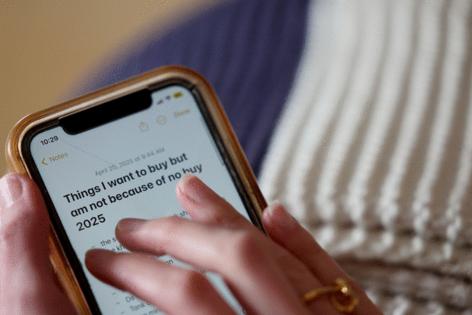

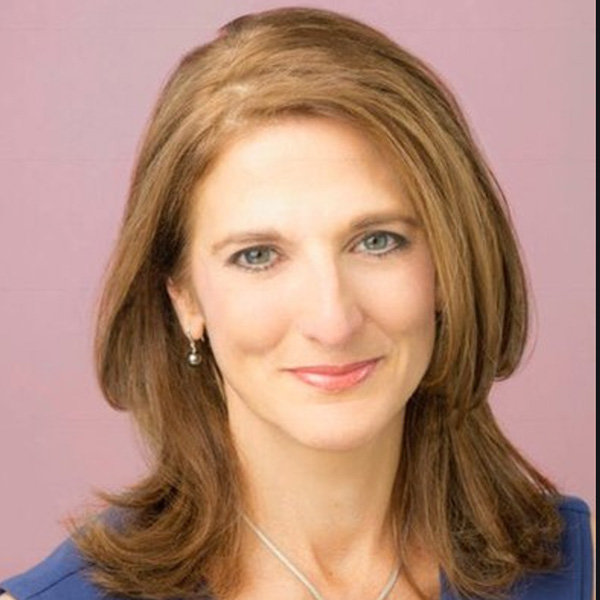

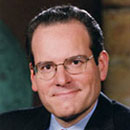
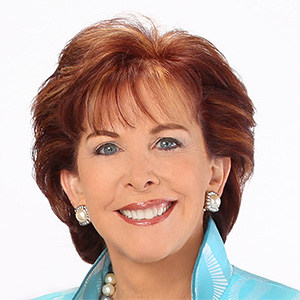




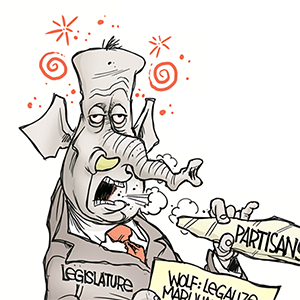

Comments